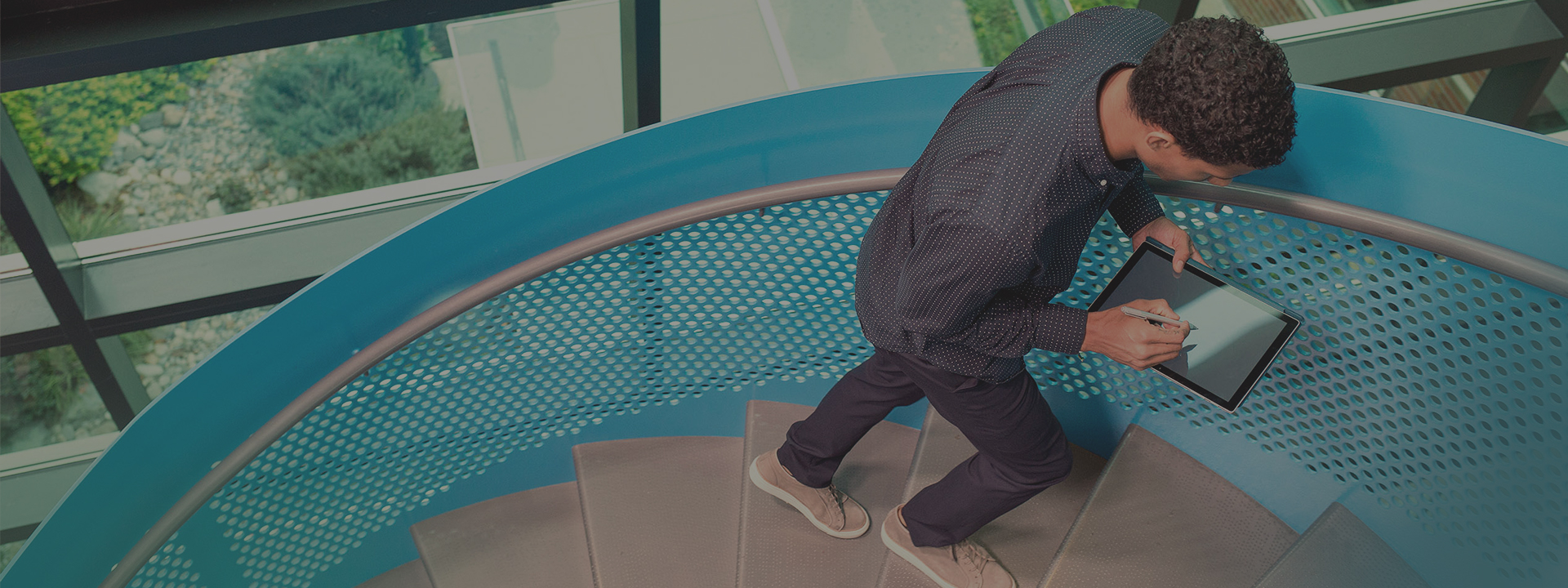Path Guide is a completely plug-and-play indoor navigation service that does not require maps or any additional equipment. Using Path Guide, users can create routes by recording sensory data with their smartphones while walking indoors, and others can simply follow the routes to the same destination in a real-time manner.
Read more about Path Guide from the MSR Blog article here: Path Guide: A New Approach to Indoor Navigation (opens in new tab) [中文 (opens in new tab)]
Try it out: Path Guide has been released in Google Play. With backend services hosted on Azure, Path Guide scales smoothly and can be deployed incrementally. For more information and downloads, please visit our Path Guide website (opens in new tab). App tutorials are available here (opens in new tab).
Research
There have been several attempts to build indoor navigation services at large scale. However, this is a notoriously hard problem – the lack of map information, the requirement of specialized hardware or onerous calibration processes make these systems costly and difficult to deploy and maintain.
Path Guide provides a location-free indoor navigation solution that does not rely on infrastructure (e.g., WiFi, Bluetooth) nor maps. Instead, a leader walks a path once and others can follow that path. During leader’s walk, location-specific features extracted from sensory data are combined with his/her walking patterns (e.g., steps, turns, going upstairs or downstairs) to build reference traces that can be pushed to the cloud and shared with others. During navigation, Path Guide compares and synchronizes sensor readings along a trajectory with a reference trace, and guides the user, in real time, from starting location to final destination. In this way, irrespective of incomplete map information, Path Guide can navigate users to any point of interest (PoI) as long as the PoI has been visited and recorded by another user.
We built an end-to-end system that combines a mobile Android app and Azure-hosted cloud services. Some of our research contributions include:
- IMU-based user motion detection
- Online data trace synchronization with linear computation overhead
- Techniques to handle device and usage diversity
- Walking deviation detection and recovery
- Web app for app-less indoor navigation (opens in new tab)
- RESTful web service and cloud support for trace indexing and search
- Cloud-powered trace manipulation that enables scalable deployment
Media coverage

People
Yiyong Lin
RSDE 2
Thomas Moscibroda
Distinguished Engineer Azure Core Platform Capacity & Efficiency Microsoft Azure

